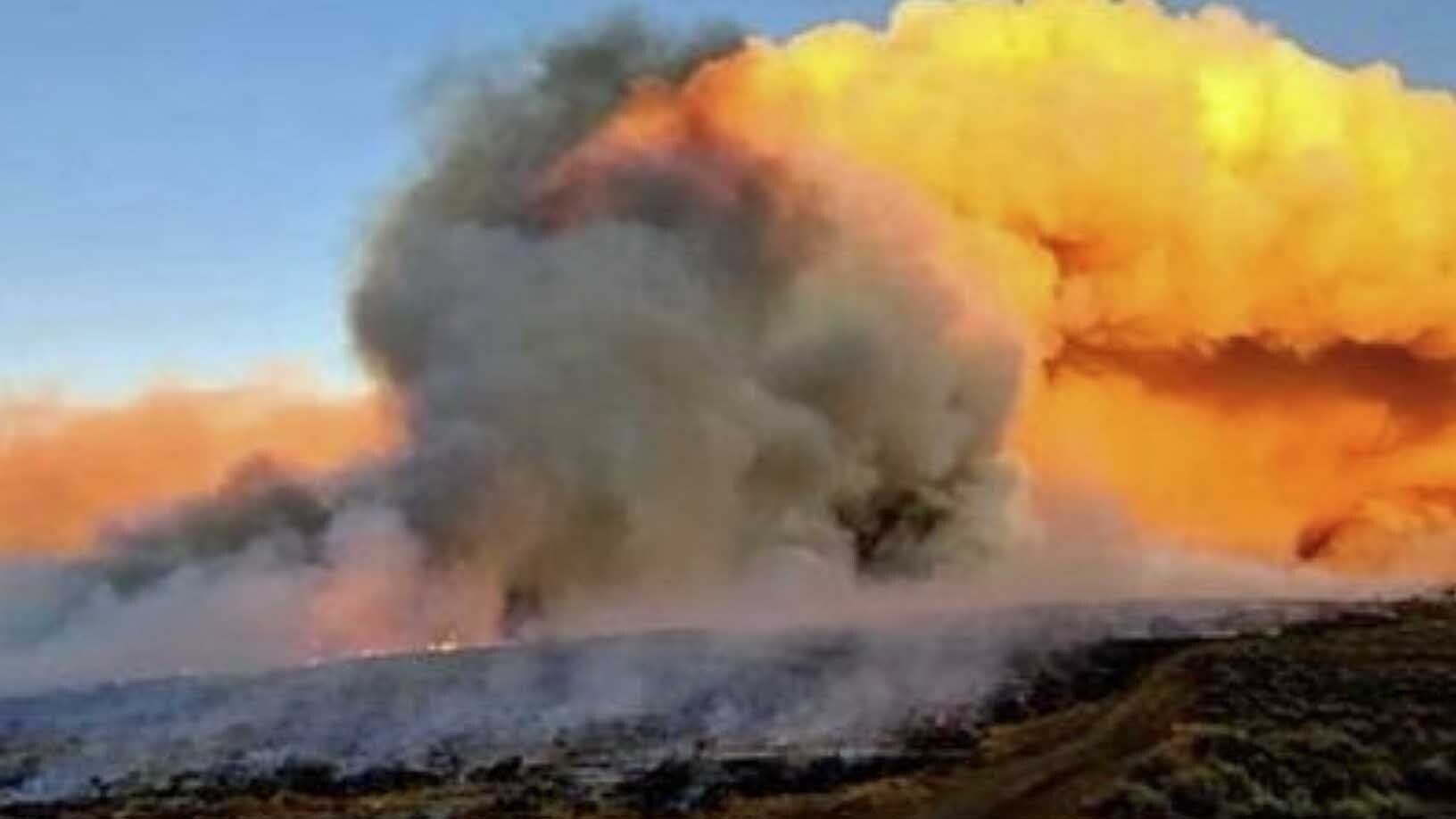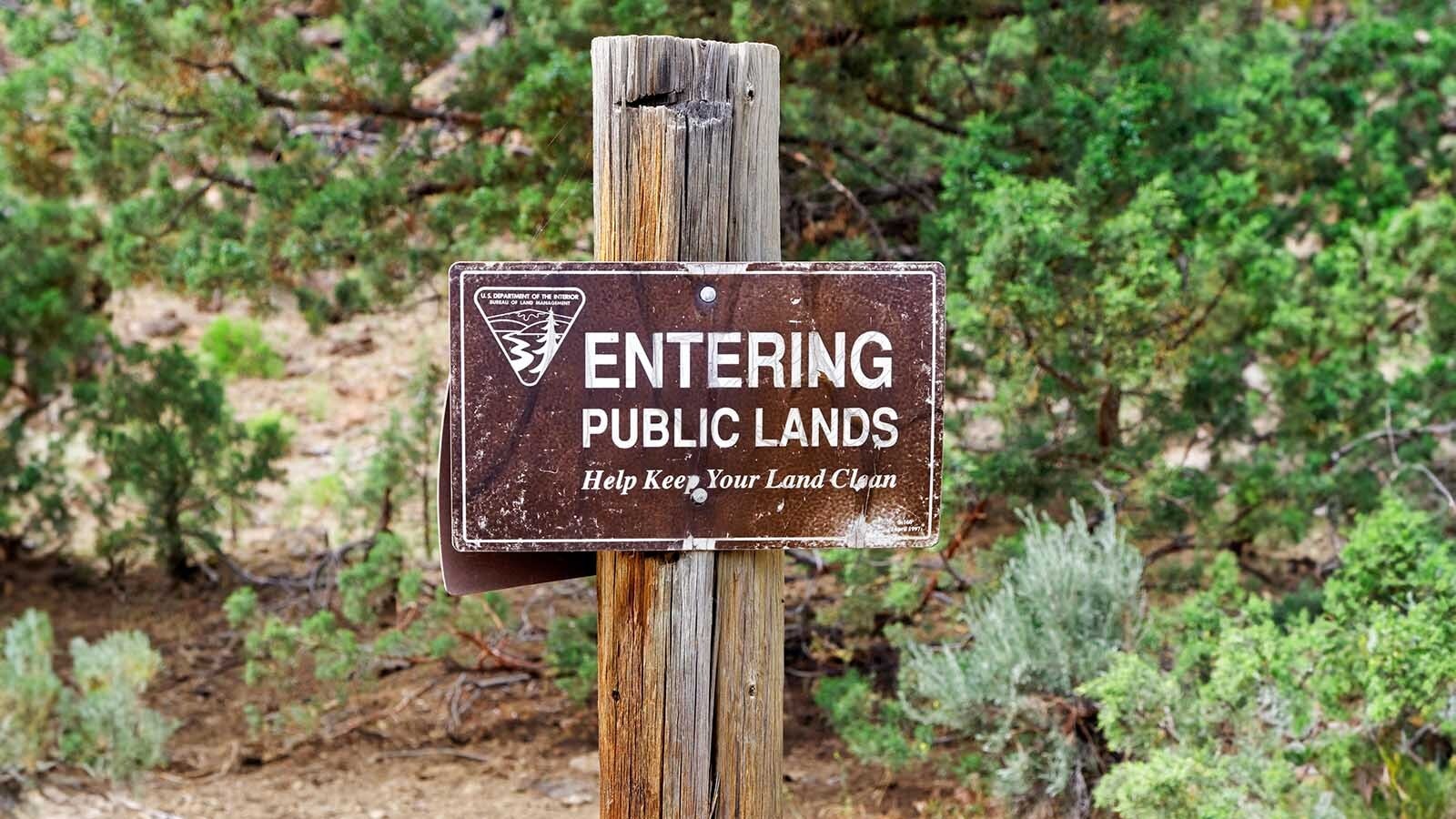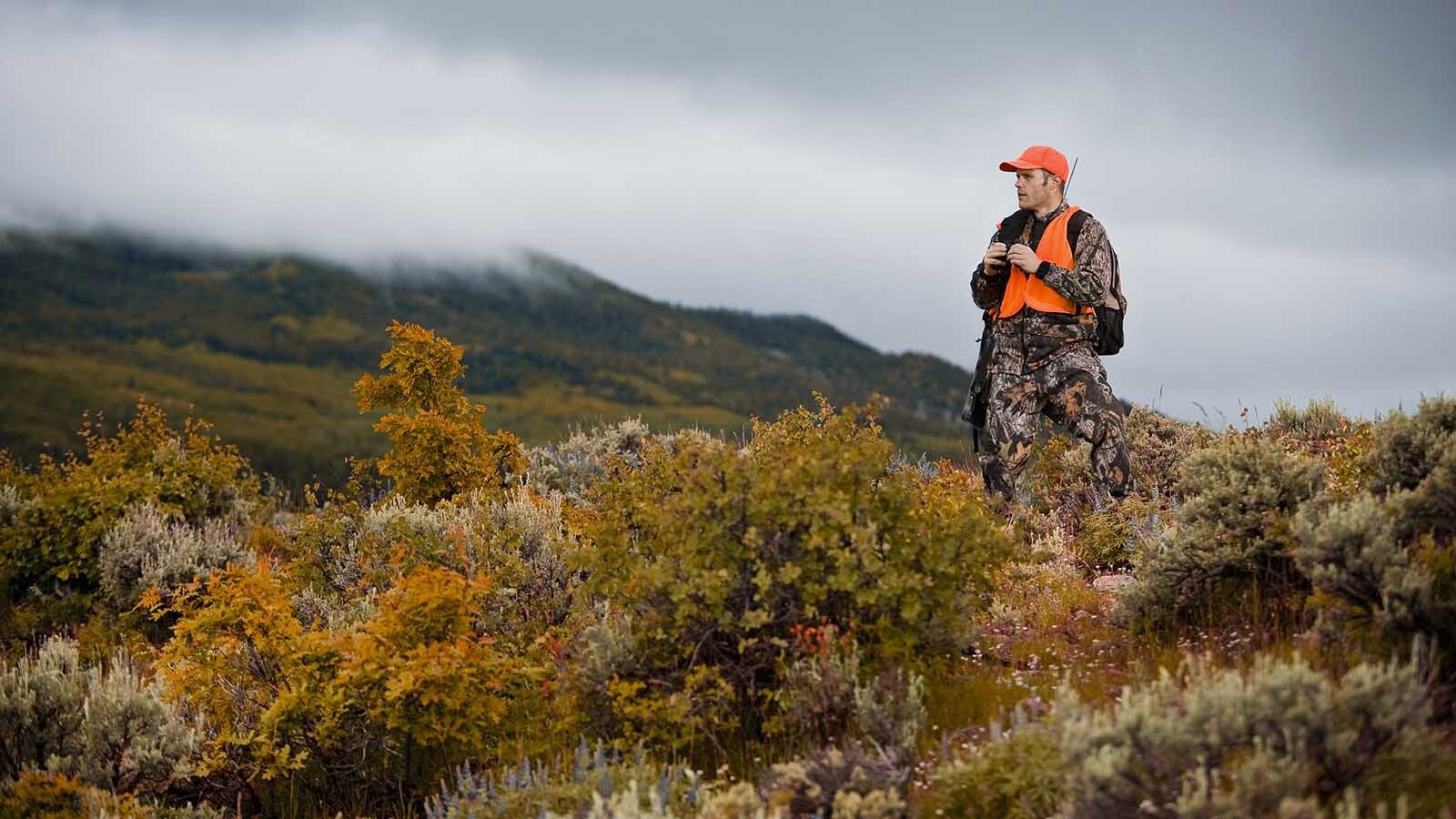A new team came in to manage the Mullen Fire on Tuesday and they were greeted with the same weather: above average temperatures, gusty winds, no precipitation, and critically-low humidity.
These conditions allowed the fire to expand to 161,151 acres by day’s end.
Less-than-ideal conditions to fight the blaze will continue for a few more days although Wednesday will see a decrease in wind speeds.
Kari Fleagle, Incident Meteorologist for the Mullen Fire, said Wednesday will have the lightest winds for the next several days but temperatures are expected to increase as well.
The good news, Fleagle said, is a big change in the weather is in store this weekend and into next week.
“As we move into the latter half of the weekend, and into early next week, temperatures will be about 25 degrees or even colder than what we’ve had we’ve had over the last several days,” she said. “It’s going to be quite a change.”
Officials said containment remained at 14% in spite of the Red Flag Warning in place for most of the day.
One of the things we keep hearing about in the daily updates is the excessive “fuel load” that is present on the ground and the fire consumes.
Today was no different. When speaking about the northwestern perimeter of the fire near the Ryan Park area, Operations Section Chief John Wallace said it’s been a “challenging environment” for the firefighters.
“There’s a lot of dead and down lodgepole pine,” Wallace said. “And so they haven’t been able to make the progress in there that we’ve wanted to make. But they’re still working on it.”
In another section of the fire near Albany, large smoke flumes were seen today because the fire moved from the mountains to the grasslands.
Wallace said the movement of the fire to the grasslands will allow firefighters to roll-out big air tankers to help extinguish the flames — something they couldn’t do in mountainous country.
“Typically, this is where the air tankers are incredibly effective,” he said. “The view back in toward the fire should be pretty exciting in the morning with those air tankers working and trying to pick that fire up as it comes out into that grass.”
Wallace said the biggest challenges for Wednesday are going to be east of Albany and near the Rob Roy reservoir.





